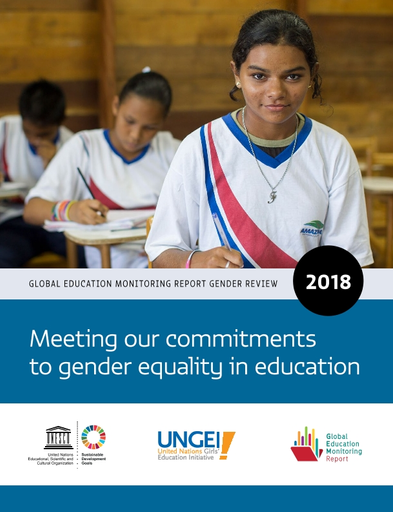
Meeting our commitments to gender equality in education
OverviewThe 2030 Agenda for Sustainable Development opened a new chapter in the long struggle towards achieving gender equality. Its commitment to ‘leave no one behind’ expresses the conviction that boys and girls, men and women should benefit equally from development. It envisages a ‘world in which every woman and girl enjoys full gender equality and all legal, social and economic barriers to their empowerment have been removed’.
While the fifth Sustainable Development Goal (SDG) is focused on gender, other goals also support the empowerment of women. The inter-relatedness of the different goals sends a strong message about the realization of gender equality in different sectors. For example, gender equality in education cannot be achieved only through education-specific efforts; it also depends on interventions in other sectors. At the same time, progress toward gender equality in education can have important effects on equality in employment, health and nutrition.
The Education 2030 Framework for Action, a tool aimed at helping the international community achieve SDG 4 on education, explicitly recognizes gender equality as a guiding principle linked to the realization of the right to education. It states clearly that girls and boys, women and men, must be equally empowered ‘in and through education’.
Available languages

